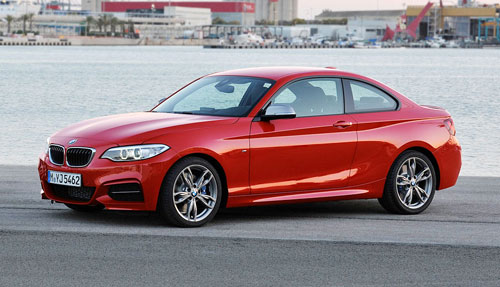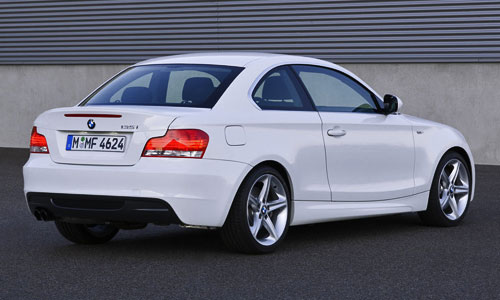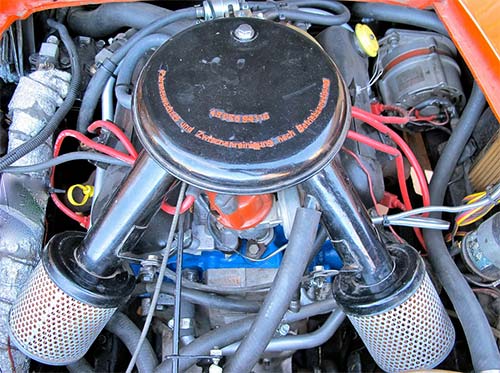A Styling Comparison: New BMW 2-Series Vs. Old 1-Series


Call it the anti-Peter Pan treatment.
With the replacement of the outgoing BMW 1-Series by the new, more upscale 2-Series, the Bavarian automaker “grows up” the styling, with less-than-successful results.
The differences between the generations are somewhat subtle, but impossible to dismiss once discovered. The most obvious 2-Series upgrade comes at the front end, where the headlights squint amid more surface detailing. At the rear, the 1-Series’ C-pillar makes a more pronounced break with the trunklid in comparison to that of the 2-Series, which flows and tapers together. And proportionally, the new car sits lower and looks larger, having lost the older BMW’s somewhat controversial “dipped” rocker panel.
The effect of the aesthetic changes reinforces a styling and character similarity between the 2-Series and its big brother, the 4-Series. And while that may be desirable from a marketing standpoint, where a salesman can more easily sell a 2-Series to a customer aspiring to “upgrade” to a 4 at some point, the changes have robbed the baby BMW of much of what made the 1 so distinctive.


Sure, the older car may look a bit more awkward on first glance, but at least it’s confident in its awkwardness; it’s not striving to be something it’s not. The 2-Series seems like it’s trying too hard to emulate the larger 4-Series, while the 1 is simply happy to be a small car. Furthermore, the superficial ungainliness of the older car recalls the great upright BMWs of the ’70s and ’80s like the 2002, E21 and E30. Those cars look aggressive and distinctive precisely because their lack of aerodynamic, flowing lines. They look agile, eager and above all, confident—appealing qualities projected by the 1-Series and lost, or at least muted, in its successor.
I suppose, in the end, it all boils down to a matter of taste: How would you like your small BMW served? Mature and swoopy or playful and pugnacious?
Full disclosure: The 1-Series is one of my all-time favorite BMWs, and one of the few post-E46 BMWs I would consider. A 6-speed manual, Blue Water Metallic 128i with the Sport package is very high on my bucket list of cars to own.
Image credits: motortrend.com, bmwheaven.com, netcarshow.com




















